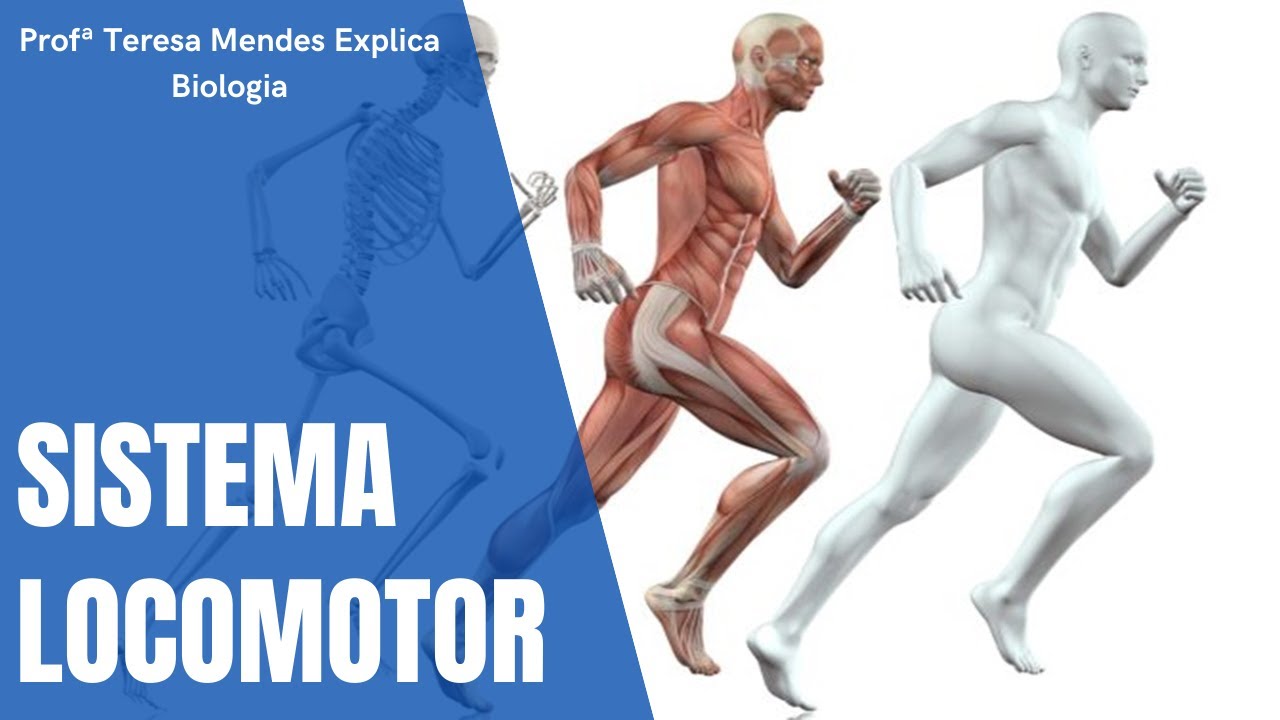Joints | Physiology | Biology | FuseSchool
Summary
TLDRThis informative video explains the essential role of joints in the human body, allowing movement through their connection between bones. It describes the three main types of joints: fixed, ball-and-socket, and hinge joints, detailing their functions and the structures that support them, including cartilage, tendons, and ligaments. The video also highlights the importance of synovial fluid in reducing friction and addresses common injuries such as dislocations and tendon damage. Overall, it provides a clear understanding of how joints function and contribute to our mobility.
Takeaways
- 😀 Joints are junctions between two or more bones, allowing movement in various directions.
- 😀 Without joints, our bodies would be one big bone, making movement impossible.
- 😀 Tendons connect muscles to bones, while ligaments connect bones to bones, stabilizing joints.
- 😀 There are approximately 360 joints in the human body, enabling diverse movements.
- 😀 Fixed joints do not move, such as those in the skull and between long bones.
- 😀 Ball-and-socket joints, like the shoulder and hip, allow for a wide range of motion.
- 😀 Hinge joints, such as the elbows and knees, only allow movement in one direction.
- 😀 Cartilage cushions bones and reduces friction, acting as a shock absorber in joints.
- 😀 Synovial fluid lubricates joints to minimize friction and can create sounds like knuckle cracking.
- 😀 Joints can be injured through dislocation or sprains, especially in ball-and-socket joints.
Q & A
What are joints and why are they important?
-Joints are the junctions between two or more bones. They are crucial for movement, allowing the body to bend, twist, and rotate. Without joints, our body would be a single, rigid structure unable to move.
What role do tendons and ligaments play in joint function?
-Tendons attach muscles to bones, while ligaments connect bones to bones. These structures are essential for stabilizing joints and preventing dislocation or injury.
What would happen if we didn't have tendons and ligaments?
-Without tendons and ligaments, bones wouldn't stay together, and we would essentially be a pile of bones unable to move or function properly.
How many joints are there in the human body?
-There are about 360 joints in the human body, which are responsible for a wide range of movements.
What are the different types of joints, and how do they function?
-There are three main types of joints: fixed joints, movable joints, and ball-and-socket joints. Fixed joints don't move (e.g., skull joints). Movable joints allow movement in different directions, like elbows and knees. Ball-and-socket joints, such as the shoulder and hip, allow for a wide range of rotational movement.
What is the function of cartilage in joints?
-Cartilage is a soft substance that cushions bones and reduces friction between them. It also acts as a shock absorber, preventing bones from rubbing against each other.
What is synovial fluid and why is it important?
-Synovial fluid is a lubricating substance that reduces friction in the joint, helping it move smoothly. It is produced by the synovial membrane, which lines the joint capsule.
What is the cause of knuckle cracking and is it harmful?
-Knuckle cracking is thought to be caused by small bubbles in the synovial fluid being released. While there is no conclusive evidence that cracking knuckles causes long-term damage, it's generally not recommended.
What are common injuries related to joints?
-Common joint injuries include dislocations, which occur when a bone moves out of place, often due to a forceful impact. Tendon damage can also happen from overuse, like in tennis or golf. Additionally, wear and tear on cartilage can lead to conditions like arthritis.
Why are the shoulders particularly prone to dislocations?
-The shoulders are prone to dislocations because the ball-and-socket joint is shallow, making the bones less stable and more likely to be displaced under force.
Outlines

This section is available to paid users only. Please upgrade to access this part.
Upgrade NowMindmap

This section is available to paid users only. Please upgrade to access this part.
Upgrade NowKeywords

This section is available to paid users only. Please upgrade to access this part.
Upgrade NowHighlights

This section is available to paid users only. Please upgrade to access this part.
Upgrade NowTranscripts

This section is available to paid users only. Please upgrade to access this part.
Upgrade NowBrowse More Related Video

Rangka, Otot, dan Sendi - Materi IPAS Kelas 6 Kurikulum Merdeka

O Sistema Locomotor

Movement in humans skeleton, muscle, joints

Science - Human skeleton & different joints movement 3D animation - English

Types Of Joints in the Human Body - GCSE PE

Science - Human Bones and Bone Joints Animation - English
5.0 / 5 (0 votes)